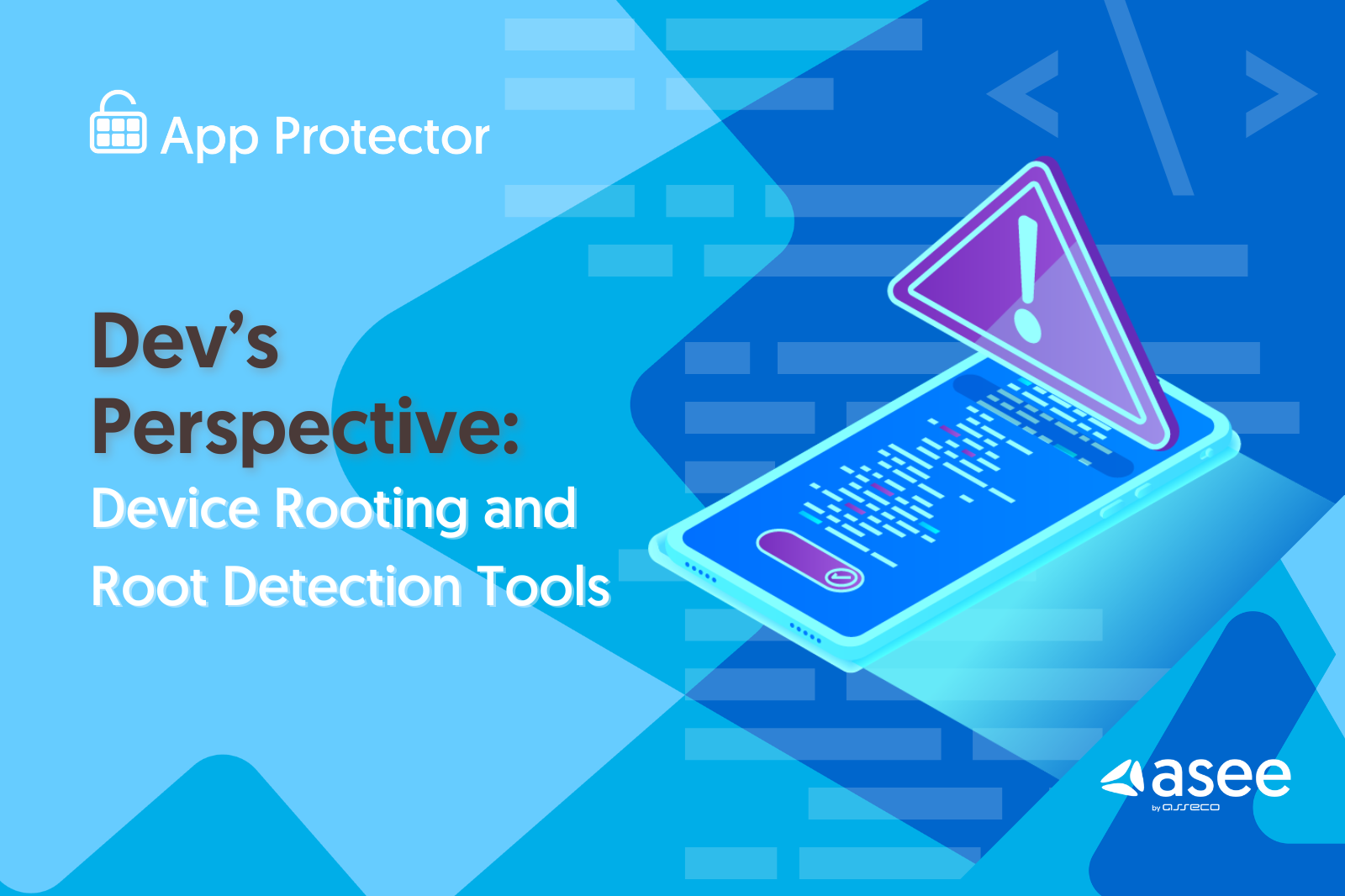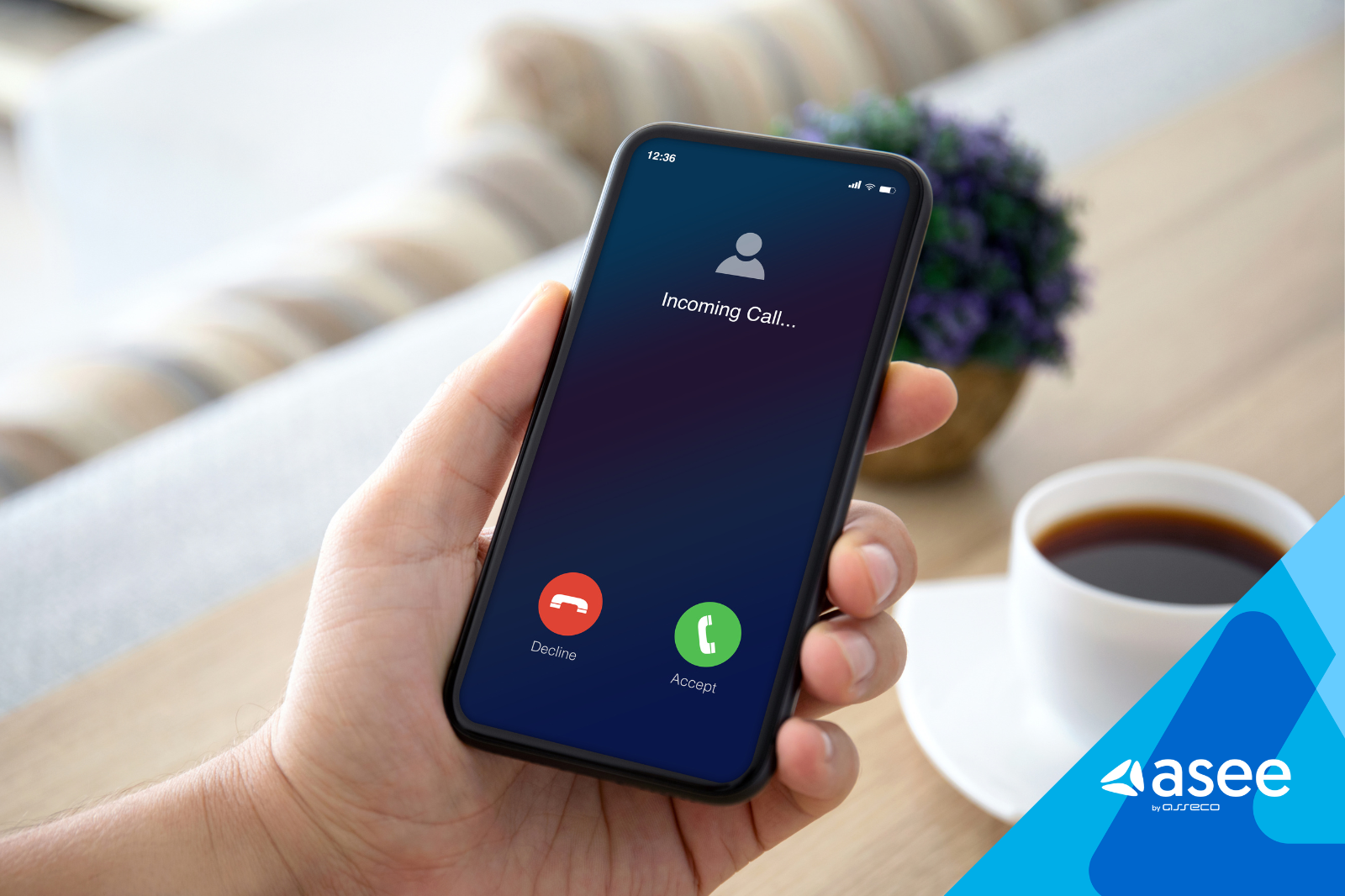For mobile application security experts, ensuring the security of mobile devices and mobile applications is a top priority. However, developers and mobile users still have room to improve in the field of mobile application security as the threats landscape is growing larger by the day. While the end user can take some steps in order to protect sensitive data on their device, such as avoiding unprotected public Wi-Fi and setting up multi-factor authentication - for developers, a more complex task lies ahead.
Cyberattacks today are highly sophisticated and demand constant monitoring due to a large number of unknown or emerging threats. Such threats require additional attention in order to develop a detection and prevention solution that will hinder the attacker's chances of making further progress. So, the keywords that need to be in mind are a proactive approach to mobile application security, as well as being alert in order to suppress emerging threats efficiently.
Mobile application security trends:
- Leveraging AI to scale social engineering attacks targeting mobile
- Mobile app phishing attacks through fake push notifications
- Growing reliance on monitoring threat data
- Stringent regulations for mobile security and geo-compliance matters
Top 4 Mobile Application Security Trends in 2024
1. Leveraging AI to Scale Social Engineering Attacks Targeting Mobile
With the advancement of artificial intelligence, cybercriminals are increasingly turning to AI-powered tools to orchestrate sophisticated social engineering attacks targeting mobile users. These attacks often involve highly convincing and personalized messages designed to deceive users into disclosing sensitive information or downloading malicious apps.
As AI continues to evolve, it becomes crucial for security professionals to deploy advanced AI-driven detection and mitigation techniques to evade such attacks effectively. This is done by protecting both the mobile app's front-end and back-end. In such instances, RASP technology has proven to be a trustworthy ally for mobile app protection by triggering a notification warning or terminating the mobile app at once in case a suspicious activity is detected.
2. Mobile App Phishing Attacks Through Fake Push Notifications
Phishing attacks targeting mobile applications have taken a deceptive turn with the rise of fake push notifications. Cybercriminals mimic legitimate app notifications to lure users into clicking malicious links or providing login credentials, thereby gaining unauthorized access to sensitive data.
To counter this trend, developers should implement secure push notification mechanisms, utilize two-factor authentication, and conduct regular security audits. Educating users about the risks associated with unsolicited push notifications and advising them to verify sender information is crucial. App permission controls, monitoring for anomalies, and updating the app regularly help maintain a strong defense against evolving threats.
3. Growing Reliance on Monitoring Threat Data for Crafting a Mobile Application Security Strategy
In 2024, the importance of real-time monitoring and analysis of threat data cannot be overstated in crafting an effective mobile application security strategy. By continuously monitoring threat intelligence feeds and analysing data from security incidents, organizations can proactively identify emerging threats and vulnerabilities specific to mobile applications. This proactive approach enables timely patching of vulnerabilities and the implementation of targeted security controls to fortify mobile app defences against evolving cyber threats.
As mentioned, cyber criminals are moving forward, and they are fast. They are constantly inventing all kinds of different tools to hook or root user devices to overcome basic settings and gain as much information, in the shortest amount of time. This is why our engineers constantly track new hacking tools that can manipulate user behavior within the app, and we are developing ways to overcome this challenge. Such mechanisms are included in our core RASP functionalities.
4. Stringent Regulations for Mobile Security and Geo-Compliance Matters
The regulatory landscape surrounding mobile application security will witness a significant shift in 2024, with governments and regulatory bodies imposing stringent requirements to enhance data protection and privacy in mobile apps. Compliance with geo-specific regulations tends to get complicated because you, as an app maker, will have to make sure that the mobile application complies with the different regulations of all the countries where your app is in use. There are three elements in particular when discussing geo-compliance:
- Flexibility in terms of creating various security models applicable to various countries.
- A quick and effective way of demonstrating that the app is compliant with the specific country's regulations.
- A method for preventing the use of your mobile app in selected locations.
We are aiming not only to protect actions that happen while using the app but also, we want to protect the original source code and alarm our clients if their app is being compromised. Cybercriminals can manipulate the app in all kinds of ways, like creating fake user accounts, changing features within the app, or transferring money to different destinations. They can change your location, manipulate discounts you have in the app, etc. Protecting the code is one of the basic and most sophisticated methods to protect intellectual property. This method masks the code and makes it unreadable to the attacker. In this way, the attackers must come up with more innovative methods and invest much more time to gain information.
App Protector by ASEE
App Protector is a mobile application security mechanism specifically designed with mobile application security in mind, seamlessly integrating with the mobile app's runtime environment. The solution contains powerful features that detect and prevent fraud at an early stage and protect against real-time attacks. With App Protector, you have complete control over the execution of your application, ensuring that it stays safe from a variety of threats, including emulator attacks, jailbreak/root detection, debugging, screen recording, and hooking attacks.
eBook: Mobile application security toolkit
Learn more about mobile security threats landscape and what are the three key pillars of anti-tampering for mobile. A detailed look at code obfuscation, integrity checking and Runtime Application Self-Protection (RASP).
To find out more about our App Protector solution, contact us or visit our blog section.








